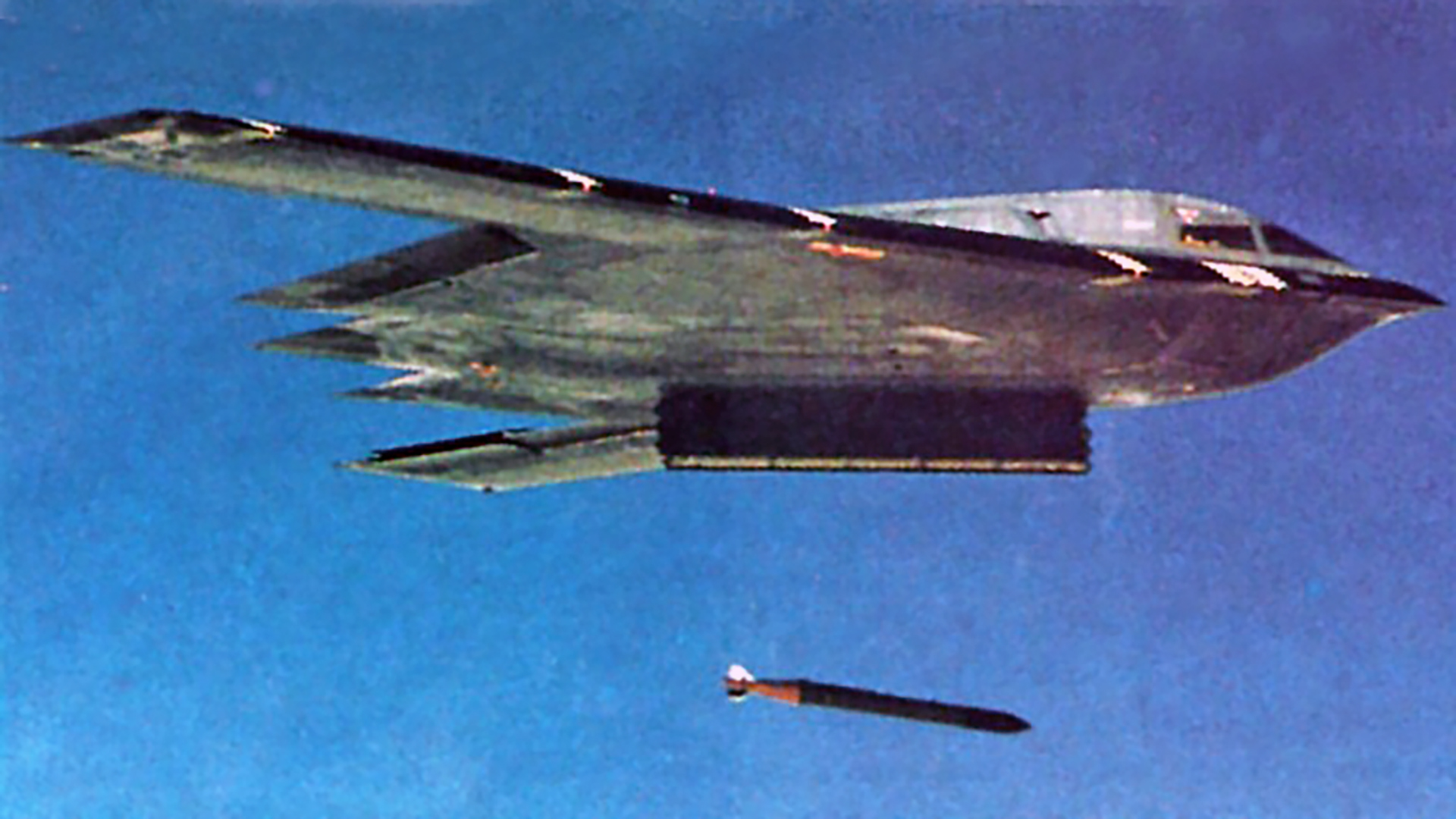Today, satellite-guided precision air-to-ground munitions are a familiar part of aerial warfare for the U.S. military and many of its allies and foes alike. The Joint Direct Attack Munition, or JDAM, is perhaps the best-known such weapon and is now almost ubiquitous, with a range of different versions available. Almost forgotten today, however, is its immediate precursor, the pioneering GPS Aided Munition, or GAM, the first weapon of its kind, which emerged from a quick-reaction program to provide more flexible conventional weapons options for the B-2A Spirit stealth bomber.
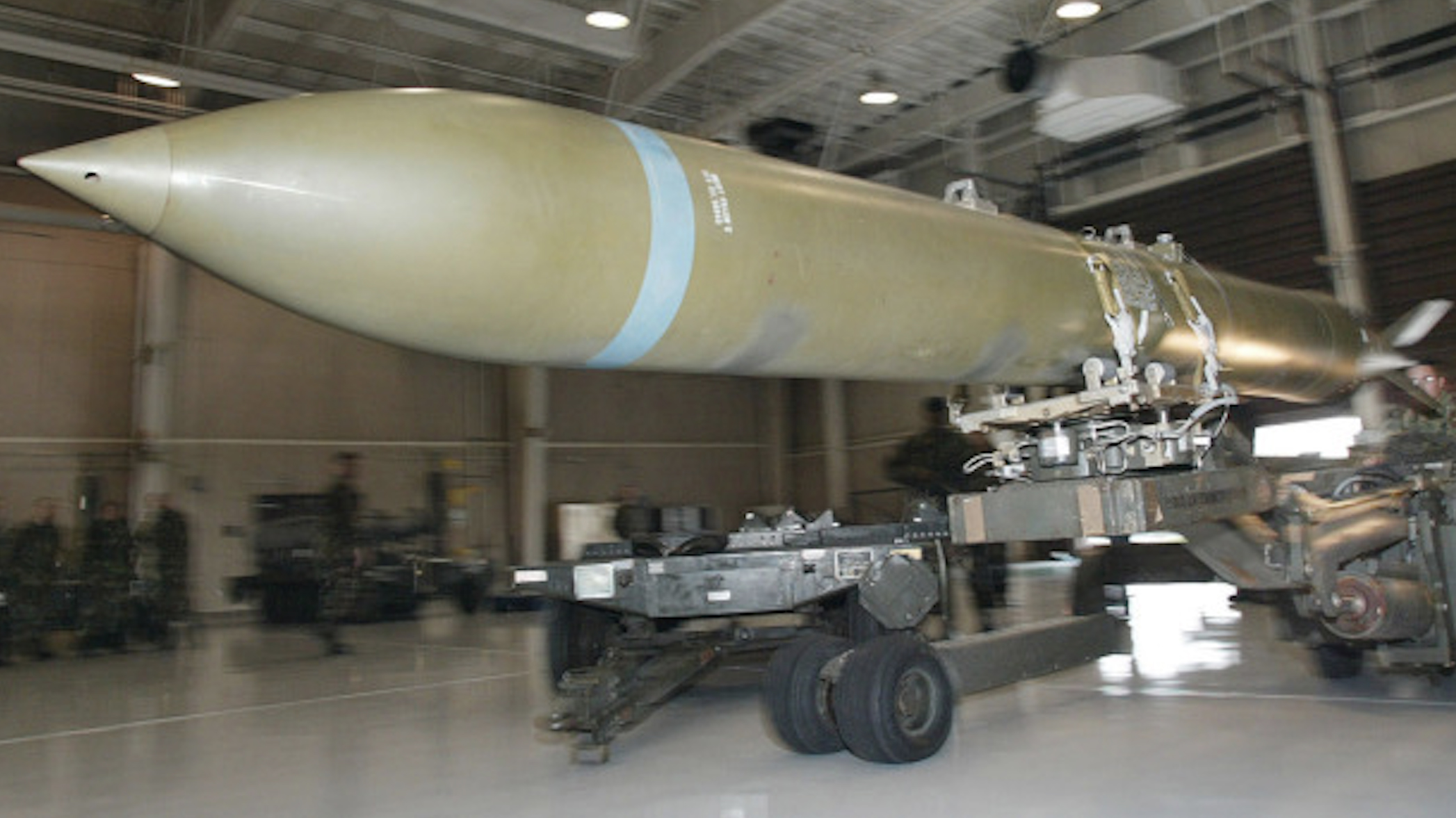
The B-2’s original Cold War-era mission profile primarily envisaged penetrating Soviet air defenses and accurately delivering freefall nuclear weapons against the most critical targets, including mobile intercontinental ballistic missiles (ICBMs). In this scenario, the stealth bomber was without equal, but with the collapse of the Soviet Union, its lack of conventional flexibility suddenly became glaringly apparent. In fact, the only conventional option at this stage were the freefall Mk 80 series bombs — a decidedly ‘dumb’ weapon far removed from the overall sophistication of the radar-evading B-2.
In the early 1990s, a crash program was launched to provide the B-2 with a conventional direct attack weapon that also offered some kind of precision guidance, to hit the kinds of targets that the Air Force was now much more likely to have to deal with. The U.S. military by now had plenty of different laser-guided bombs available, using technology that had been thoroughly proven in Operation Desert Storm. But the B-2 has no laser-designation capability and it flew at such high operating altitudes that these weapons were no longer employable, not to mention their inherent limitations in cloudy conditions and other forms of poor weather. Another option concerned electro-optically guided weapons, but these had the drawback of requiring a datalink to transmit continuous guidance commands — hardly compatible with a stealth bomber and these too had major limitations in less than ideal atmospheric conditions. The B-2 needed to be able to quickly drop its conventional smart weapon and move on — fire and forget if you will — and do so in all weather conditions.
Targeting video footage from the 1991 Gulf War showing a GBU-10 laser-guided bomb attack by an F-117 against an Iraqi airfield:

The answer was to be found in an inertially guided bomb, for which target coordinates would be generated by the aircraft’s weapon control system and then uploaded into the weapon prior to release. An inertial measurement unit in the bomb would then ensure that it followed the predicted path, ironing out any errors that could be introduced through shifting winds or other factors by transmitting guidance commands to the bomb’s moving fins.
Work on such a weapon had actually begun by the late 1980s, although it assumed a new priority with the end of the Cold War.
As well as the benefits of fully autonomous ‘fire and forget’ guidance, a bomb of this kind offered other advantages too. Above all, it could potentially be produced cheaper than a laser-guided or electro-optically guided bomb but could achieve a similar level of precision, in all weather conditions.
After GPS-enabled weapons were first used in Desert Storm via operation Secret Squirrel, the concept had been further refined, with an even greater degree of accuracy ensured thanks to the global positioning system, or GPS. This U.S. government-owned satellite-based radio-navigation system that had proven itself during the war in the Persian Gulf was then adapted to provide positioning information to a whole new emerging family of air-launched munitions, too. The ultimate result of this was the Joint Direct Attack Munition (JDAM), but it would be some time before this weapon was ready for the B-2, or for any other aircraft, for that matter.
While work on JDAM continued as a high priority, a crash program was launched to ensure the B-2, in particular, would get a similar type of weapon even sooner. Northrop Grumman headed up the program, known as the GPS Aided Munition, or GAM, with the aim of installing GPS receivers on the stealth bombers and building what was expected to be a relatively small number of autonomous precision weapons.
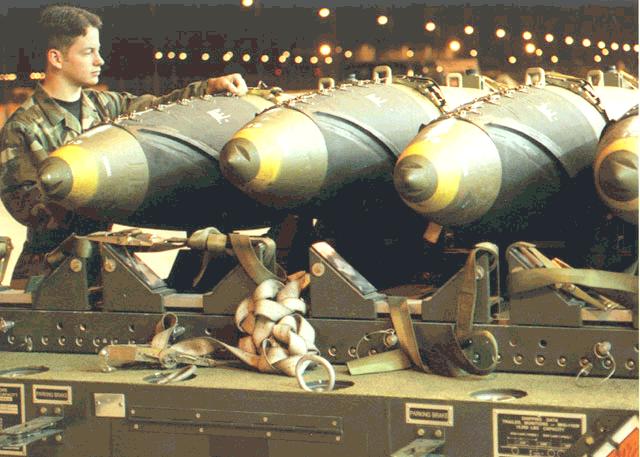
GAM referred to the weapon itself, which paired inertial navigation with GPS. This coupled guidance package would allow for the correction of INS drift and increase GAM’s ability to strike targets with extreme precision reliably. If GPS reception cut out, the weapon could still work, albeit with a degradation in accuracy. Work to integrate the new capability on the B-2 involved adding the GPS Aided Targeting System (GATS). This used the GPS data to remove any errors that might have crept into the B-2’s original radar bombing system. The overall accuracy of this system could be eroded by the limitations of the inertial navigation system, uncertainty as regards the altitude difference between bomber and target, and Doppler error. By using GPS inputs, the location of the target in relation to the bomber could be determined with a much greater degree of confidence.
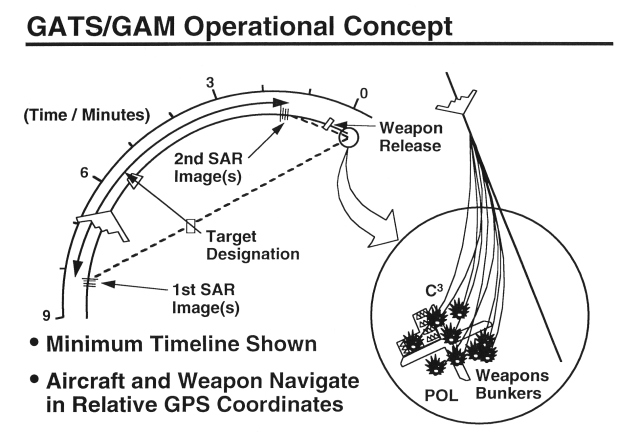
In fact, by taking different fixes on the target using a combination of the AN/APQ-181 synthetic aperture radar and GATS, the B-2 could generate a weapon launch solution that would put at least half of the bombs within a 20-foot radius of the required coordinates. In contrast, a JDAM launched without radar/GATS inputs, would achieve a circular error probability of around 40 feet. What’s more, the system allowed multiple GPS-supported weapons to be launched against different targets, or against the same target, including releasing weapons at different points and having them hit the target in sequence.
As for the GAM, this was initially produced by adding a tail kit to a standard 2,000-pound Mk 84 bomb, to produce a weapon designated GBU-36/B. With its release from a height of 40,000 feet, the GBU-36/B could glide for a significant distance — more than 13 nautical miles — and hit the target with the same accuracy. Lower release levels would see the range reduced accordingly. As well as the guidance kit and rear fins, the GAM included a ‘strake jacket’ wrapped around the bomb body to ensure the correct angle of descent to the target.
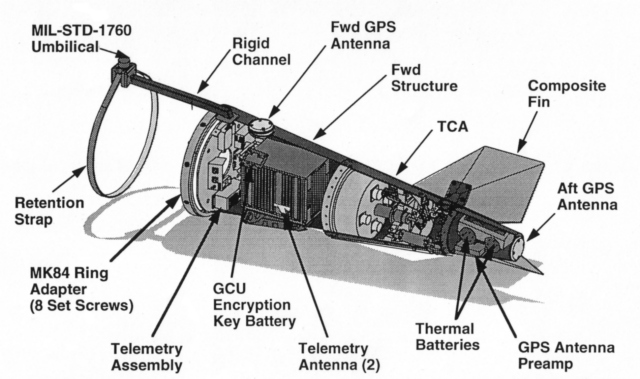
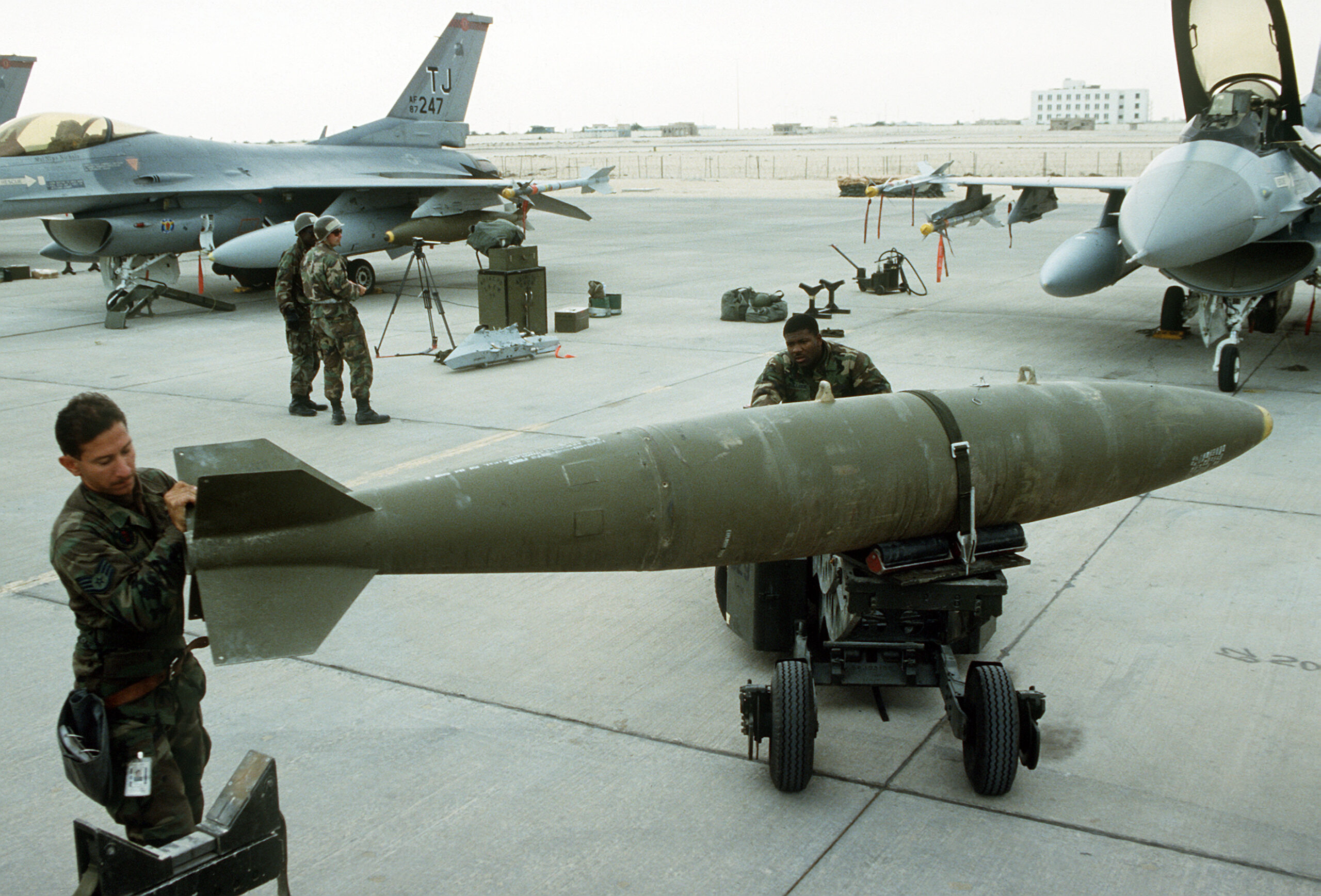
B-2 flight testing with GAM began in April 1995 and, by October 1996, the GATS/GAM combination was ready for an end-to-end live-fire demonstration. This took place that same month, with three of the bombers launching from their home at Whiteman Air Force Base, Missouri, before dropping 16 live GAMs against targets on the Nevada Test and Training Range. All targets were successfully destroyed, and the bombers performed their own bomb damage assessment.
There was also a penetrating version of GAM, for hardened targets like bunkers and other buried command-and-control facilities. This used a roughly 4,400-pound BLU-113/B ‘bunker buster’ warhead, as used in the GBU-28/B Paveway II laser-guided bomb. A first test drop of a GBU-37/B GAM, with the BLU-113/B warhead, took place in May 1997. This same type can be seen being dropped in the image at the top of this article.
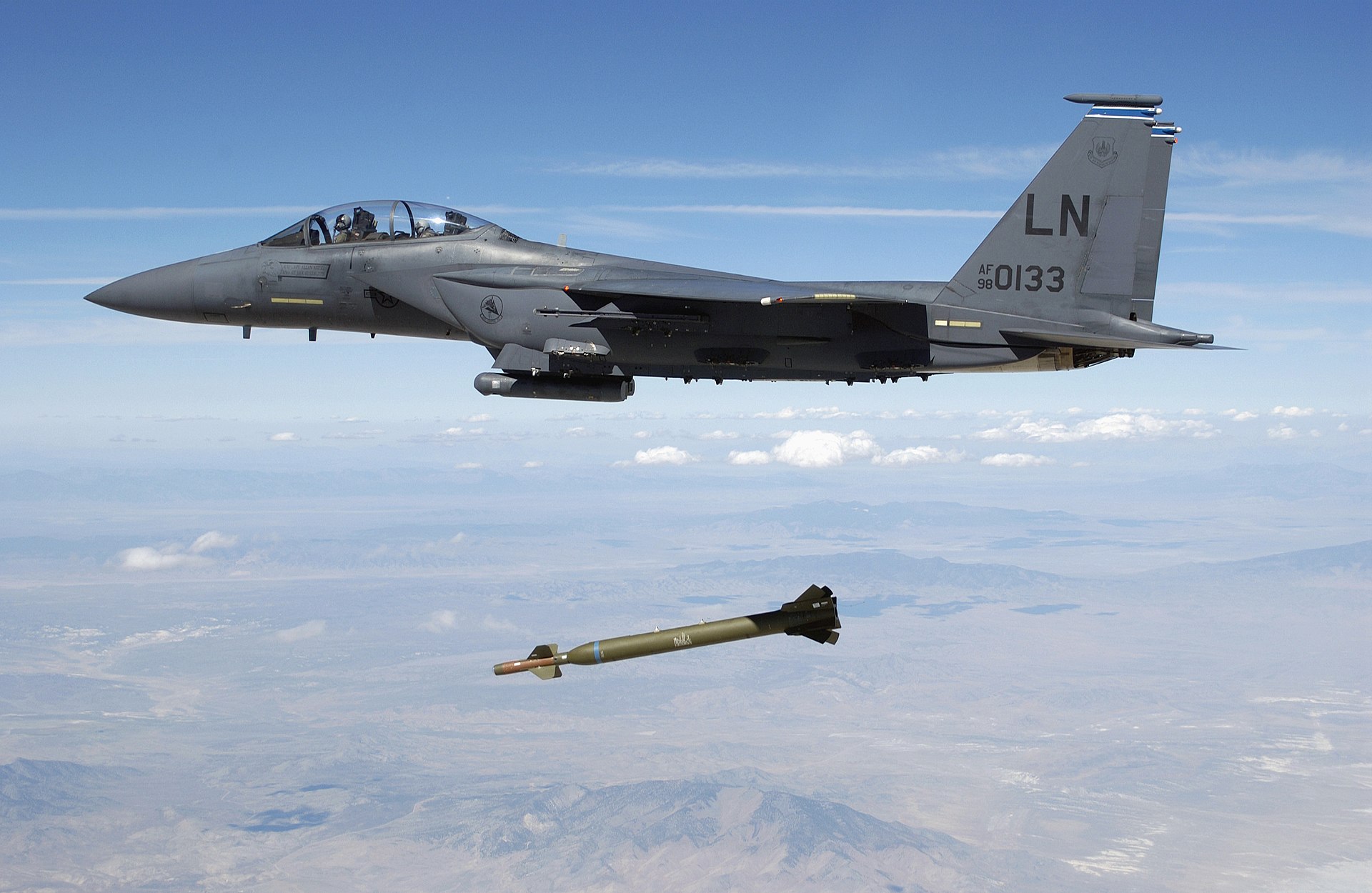
The GAM was always planned as an interim weapon, and its service career was brief as a result.
Already in October 1995, McDonnell Douglas (later Boeing) had been selected to develop the JDAM that would replace GAM. Early operational capability for the JDAM on the B-2 was achieved in July 1997.
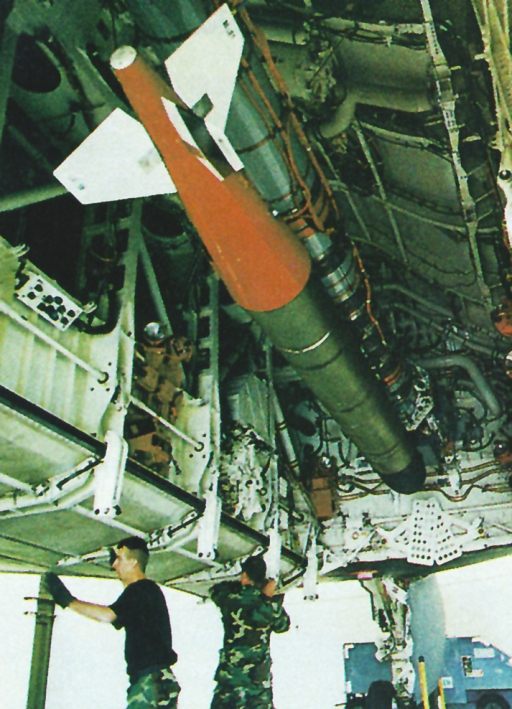
However, the B-2 community did have a chance to demonstrate just how capable the GAM was in a real-world combat scenario. At the same time, the stealth bomber did much to prove that it still very much had a place in conventional warfare and post-Cold War conflicts.
In March 1999, NATO launched an air campaign, Operation Allied Force, to put a stop to the humanitarian catastrophe taking place in Kosovo. In this breakaway Balkan province, Serbia was enforcing a brutal crackdown against ethnic Albanians seeking independence. So far, international efforts to resolve the conflict by diplomatic means had failed to stop the violence.
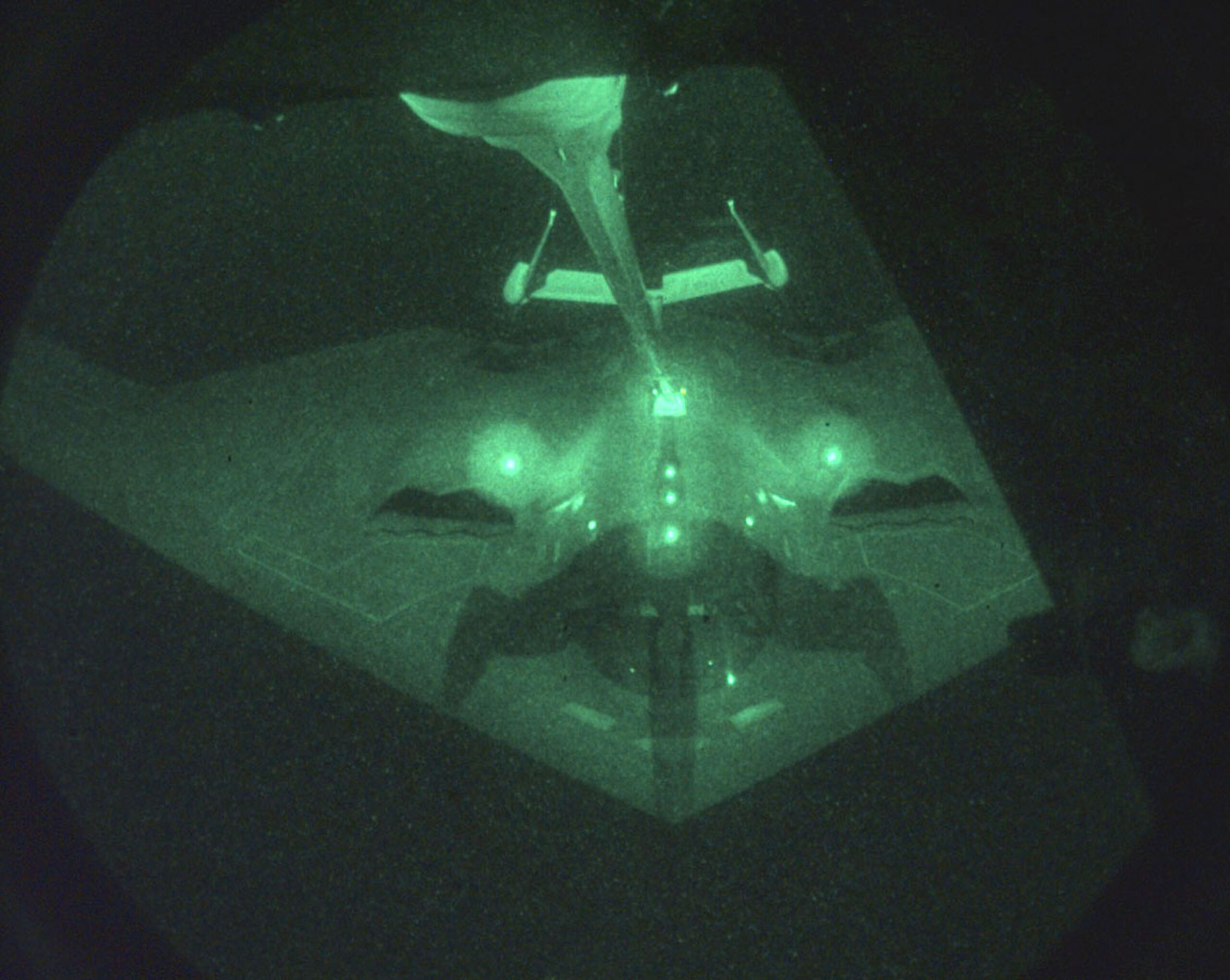
Now, a NATO bombing campaign against Serbia would be waged to force a Serbian withdrawal from Kosovo.
By this point, the GBU-31 JDAM was available to the B-2 fleet, but there were only around 600 of these weapons across the U.S. inventory. All were reserved for the B-2, but the bomber also made use of GAM, examples of which were already stockpiled at Whiteman AFB, expedited by the Boeing production facility located in nearby St. Charles, Missouri.
On March 24, 1999, a pair of B-2s launched from Whiteman for the stealth bomber’s combat debut. Each was loaded with 16 GAMs. The flight time to the Balkans for these missions was around 15 hours, with five hours spent around the combat zone, followed by a 13-hour return leg to Whiteman.
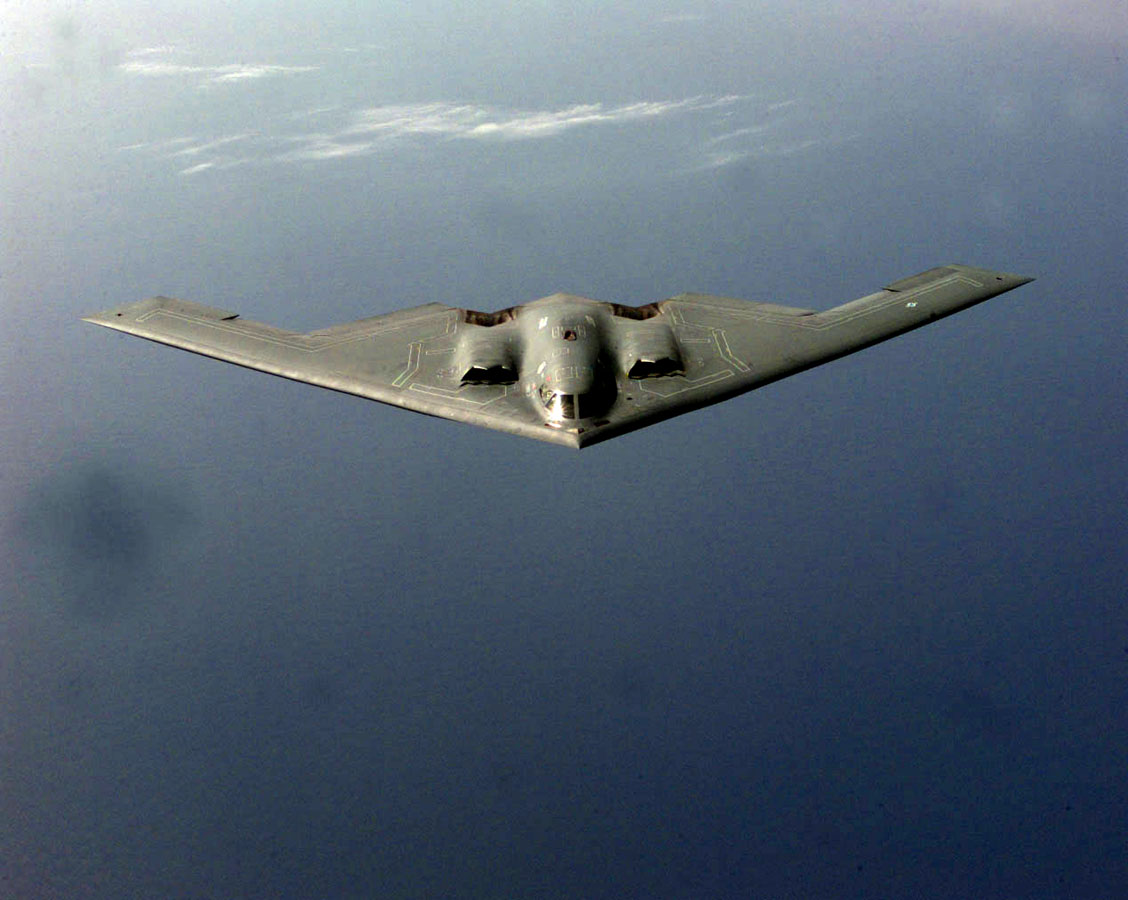
The B-2s achieved an impressive level of accuracy with the GAMs. On one mission, the bombs were dropped precisely onto the interception of two runways at a Serbian airbase, putting it out of action and removing a significant threat to NATO airpower.
Another target was a combined rail and highway bridge over the River Danube in the city of Novi Sad. This had survived attacks by an F-15E armed with TV-guided GBU-15 glide bombs and by an F-117A stealth attack jet using two 2,000-pound laser-guided bombs. Six GAMs placed in a 1,600-square-foot area on the bridge’s central span, and two more on the northern span, succeeded in obliterating it completely.
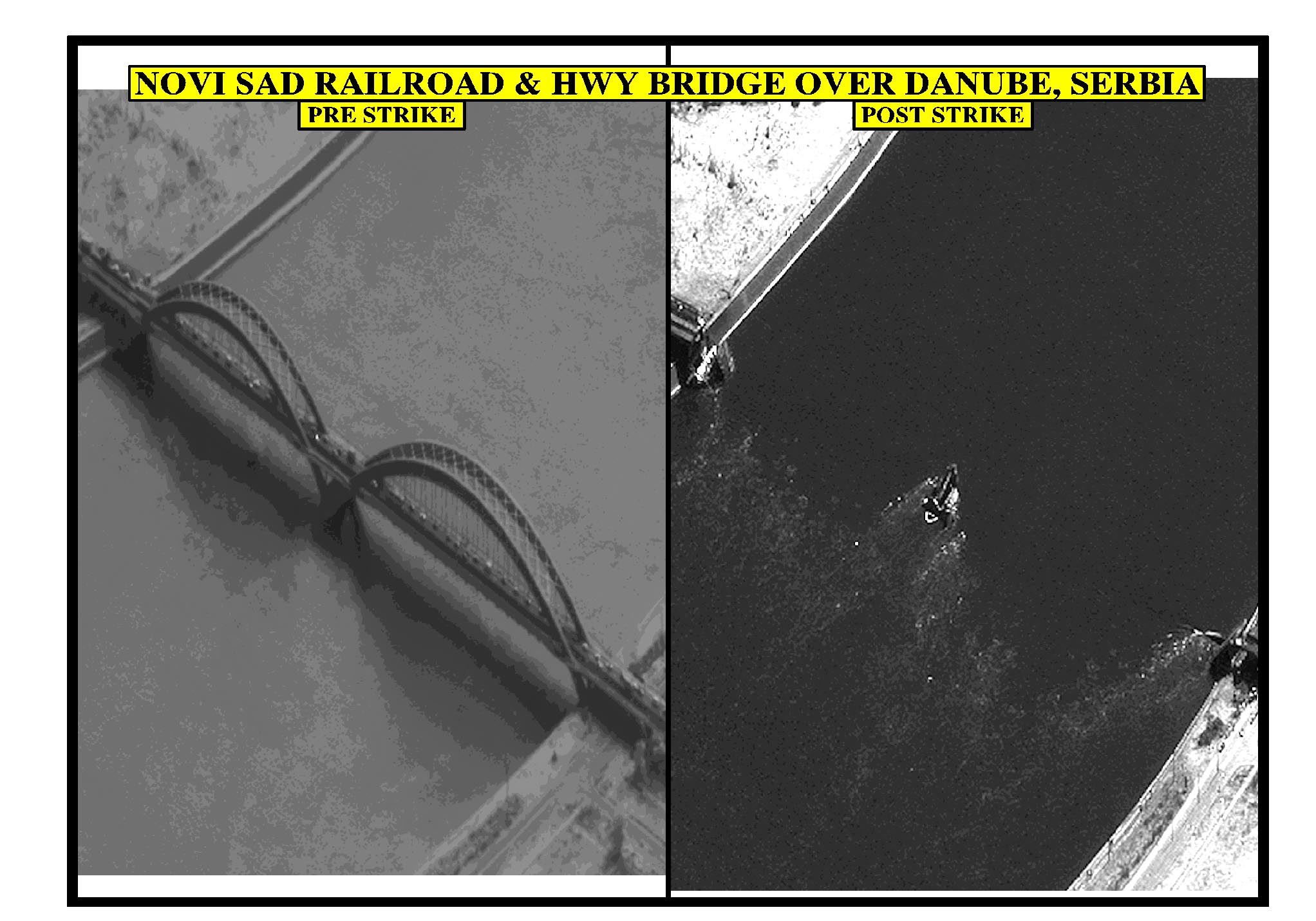
Less auspicious was the attack that struck the Chinese Embassy in Belgrade, in still-controversial circumstances. On the night of May 7, 1999, three GAMs dropped by a B-2 killed three people in the embassy, which led to protests from the Chinese government. While there have been plenty of conspiracies alleging this was a deliberate action, there’s no evidence so far that this was the case, and out-of-date targeting information seems to have been the real culprit.
Allied Force saw the B-2 fleet quickly work through its GAM stocks, with 224 — more than a third of the total — expended by April 1, 1999. In response, the Pentagon ordered a further batch of 5,410 guidance kits to produce more of the weapons. Between April 5–12, another 162 GAMs were used.
The last B-2 mission of Operation Allied Force was flown on May 21, 1999, with a final tally of more than 45 missions flown. In the process, over a million pounds of ordnance was dropped, or 11 percent of the total in the operation. It was determined that 90 percent of the GAMs had fallen within 40 feet of their targets, with the remainder still arriving fairly close to the intended coordinates. A total of four GBU-37/B penetrating versions of GAM were also used in the 1999 campaign over Serbia.

Exactly how many GAM kits were eventually completed is unclear, but accounts generally suggest that they began to be retired once enough JDAMs were available.
There are reports that at least one GBU-37/B was dropped by a B-2 in the early days of the war in Afghanistan. On October 5, 2001, a single B-2 is said to have dropped one of these penetrating weapons on a suspected Al Qaeda target, having flown directly from Whiteman AFB. Few other details of this mission are available.
The GBU-37/B GAM, at least, also survived long enough to be used in Operation Iraqi Freedom in 2003, during which 11 examples were dropped by B-2s flying from Whiteman, with another two delivered during operations out of Diego Garcia. It’s possible this weapon was retained pending sufficient numbers of the penetrating (V)3 version of the 2,000-pound GBU-31 JDAM, with its BLU-109/B warhead. Clearly, at least some GAMs remained in the stockpile into 2003, and perhaps even later.

To a significant degree, the GAM contributed to the B-2’s success on its first combat assignment. Just as important was the contribution that the development and fielding of this interim weapon had on the JDAM. According to a report to Congress of October 1996, “test point hours [for JDAM] were reduced because of its similarity to the GAM, which has successfully completed flight testing as the Block 20 interim guided munition.”
A B-2 drops a full load of 80 500-pound JDAMs over the Utah Test and Training Range in 2003:

JDAM then went on to become the guided munition of choice for the upgraded Block 30 configuration of the B-2. It can drop a whopping 80 independently targeted 500-pound GBU-31 JDAMs in one major release or multiple releases on a single mission. Since then, additional precision-guided conventional ordnance — including standoff missiles — has been added to the B-2’s impressive armory. But the pioneering work that brought the U.S. military’s first GPS-guided munition into service in such a short space of time should not be forgotten.
Contact the author: thomas@thedrive.com
